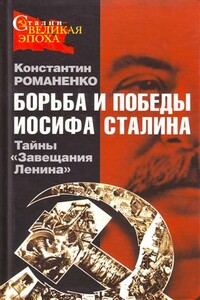Под сенью Святого Павла: деловой мир Лондона XIV — XVI вв. - страница 173
A complex of various types of activities: trade, lending operations, crown financing, production and entrepreneurship, investment into real estate in towns and counts of England, and participation in the political life and governance of London was a sign of belonging to a business community. Such a diversity of activities was typical of the majority of men of business, especially aldermen who made not only the richest and the most commercially active part of society but also formed the ruling elite of the city.
Formation of London's alderman institution took place together with the development of the city and establishment of its main social and political functions by the beginning of the 13>th century. It was by that time that London had become a generally recognized leading economic center, an official capital of the kingdom and had acquired the status of the most privileged city of England.
According to the town law aldermen election criteria were the following. First of all, it was being a part of the community of freemen, rightful townspeople, who, besides other privileges, had the right to participate in elections of the town's officials and formation of the town's local authority. They were also obliged to be members of one of the Great Twelve Livery Companies of London — merchants of luxury goods, ready-made clothes, ironmongers, wine merchants, traders of salt, spice merchants, wool and cloth merchants, grocers, fishmongers, jewelers, and fur traders. It is important to note that aldermen were included in the limited but richest and the most influential part of the company — the top of the livery. In fact, the position of the alderman was in the hands of the richest merchants. Thirdly, for being elected an alderman there was a certain property qualification in 1000 pounds “in goods and loans” in the 14>th — 15>th centuries and in 1.500 pounds “in goods, loans and lands” in the 16>th century. In 1413 another criterion was recorded: only a native Englishman could become an alderman of London.
The fact that these requirements were bolstered up in town documents shows that aldermen in London had a certain legal separation from other townsmen and their membership was limited only by high-ranking people with a property status.
All the power in the town — executive, judicial, administrative, and legislative — was in the hands of aldermen and officials, including the upper ones, chosen from them. Mayors who headed London's municipality were elected only from among aldermen. Sheriffs were also mainly aldermen. Recorders, chamberlains, town clerks and other civil servants were made up of aldermen as well.
The most important town positions were considered as royal too: the Mayor was not only the head of London's municipality but also a royal official. The same and even more can be said about sheriffs for whom their service to the king was a priority.
London's city power was concentrated in the municipality which has been embodied in the building of Guildhall since the 15>th century. In the whole the structure of power in London of the 14>th — 16>th centuries can be seen as follows: the “Council of Aldermen”, about 23–26 people (according to the number of administrative districts) and a mayor; the “Council of the Chosen” which included the mayor, aldermen and about 150–200 councilors who were elected in administrative districts; the “Council of Citizens Assembly” consisting of a mayor, aldermen, sheriffs, and, approximately, 70 “guild masters” registered in freemen lists and wearing a livery of one of the Great Twelve Livery Companies.
The city administration was closely connected with the judicial power represented by the Mayor's Court, Aldermen's Court and the Sheriff's Court which tried property, trade, and various financial cases. There were also District Courts with aldermen at the head that dealt with the protection of administrative districts and provided their social and fire safety and sanitary state.

